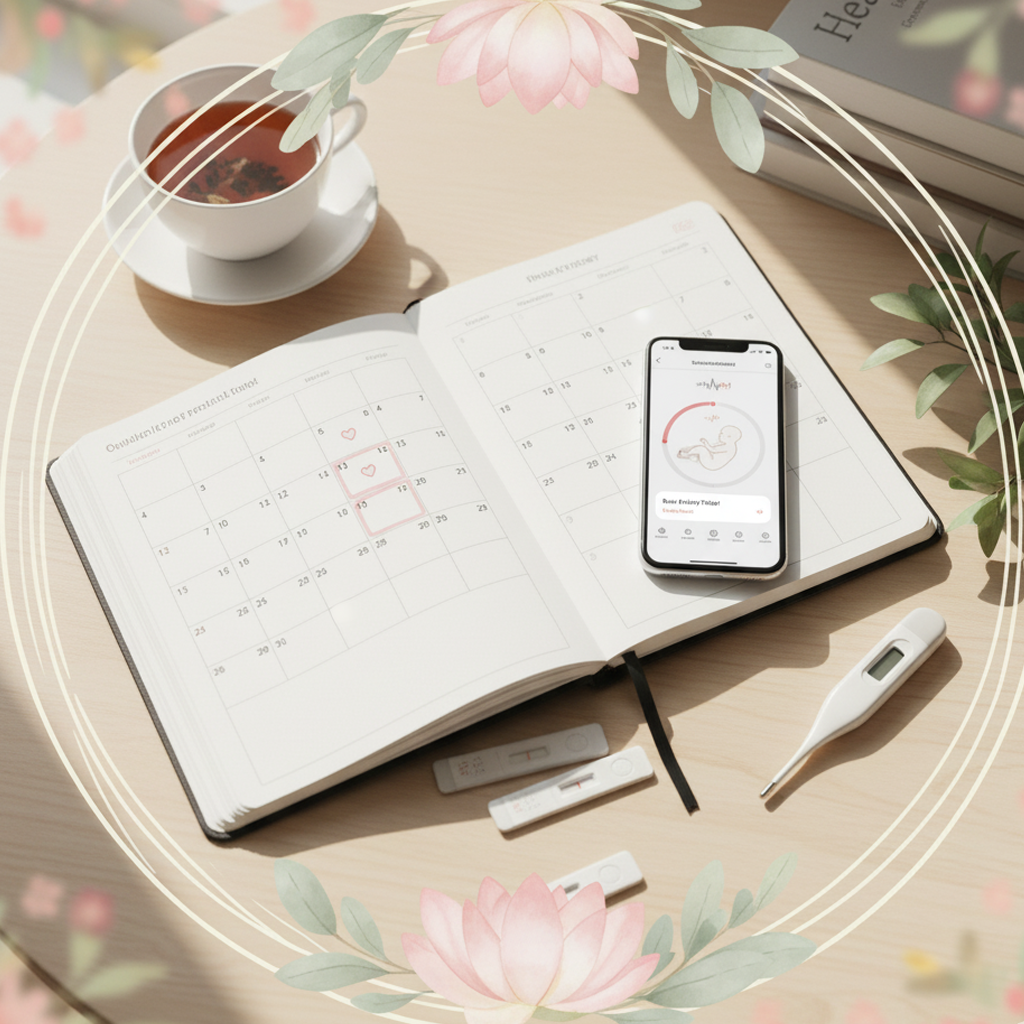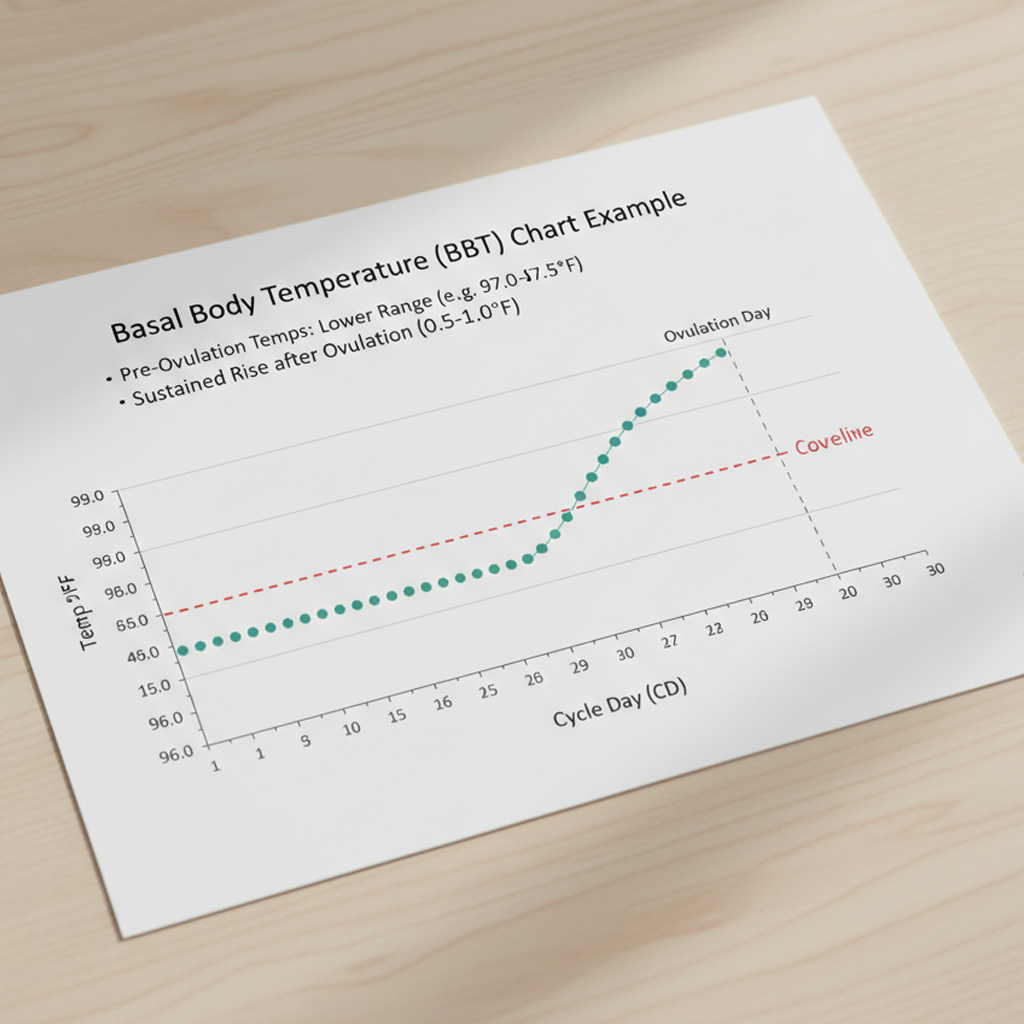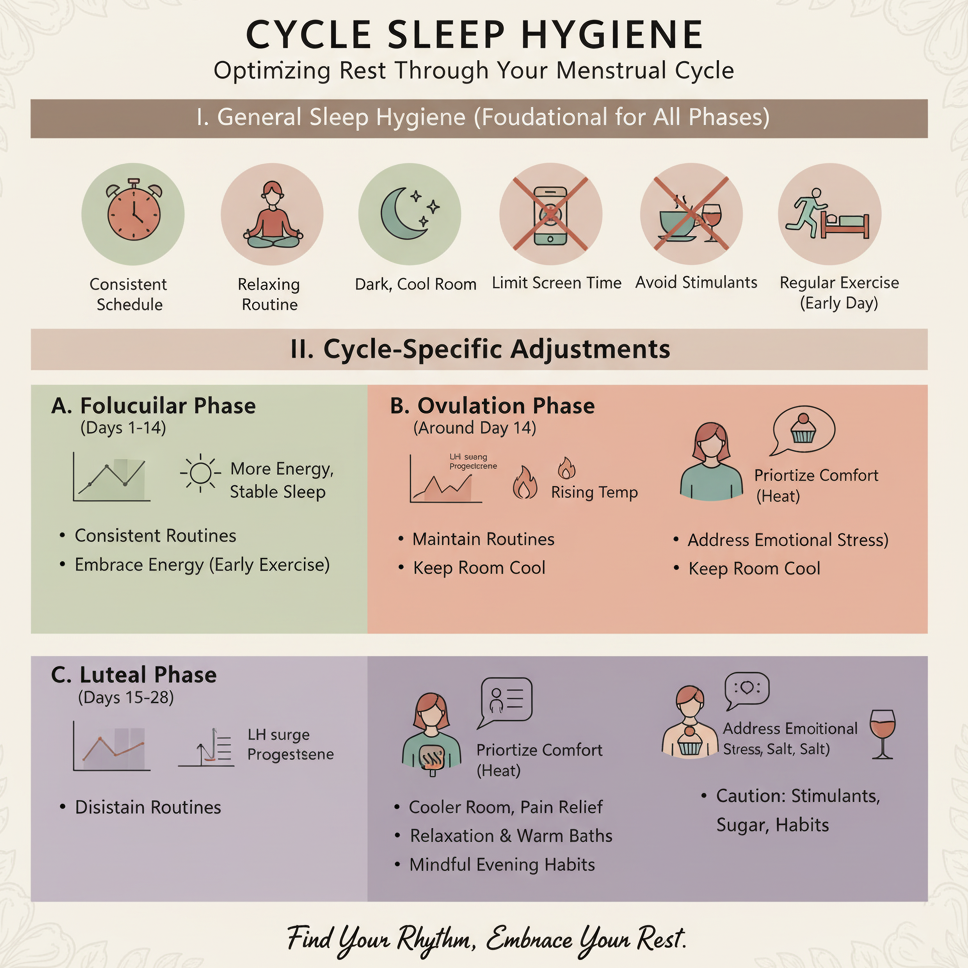Ovulation Prediction

Accurately predicting ovulation offers valuable insights into fertility and cycle health, empowering informed reproductive choices. By tracking your menstrual cycle and symptoms, you can identify your fertile window and optimize conception timing or natural contraception. Always consult a healthcare provider if you notice irregularities or have concerns about cycle health.
1. Choose a Tracking Tool
Use a simple tool, such as a notebook, calendar, or digital reminder system, to log your menstrual cycle start dates and symptoms. Recording data over multiple cycles helps create a personalized pattern for predicting ovulation.
2. Understand Your Fertile Window
- In a typical 28-day cycle, ovulation usually occurs around day 14, with the fertile window spanning days 10-17 (accounting for sperm viability of up to 5 days and the egg’s 24-hour lifespan).
- Track the first day of your period (day 1) to estimate ovulation timing. Adjust for shorter or longer cycles (e.g., day 12 for a 26-day cycle, day 16 for a 30-day cycle).
3. Log Daily Symptoms
Monitor and record physical signs to pinpoint ovulation:
- Cervical Mucus: Look for clear, stretchy, egg-white-like mucus, indicating peak fertility.
- Basal Body Temperature (BBT): Measure your temperature each morning before getting out of bed. A slight rise (about 0.5°F or 0.3°C) typically occurs after ovulation.
- Mid-Cycle Pain: Note mild pelvic or abdominal discomfort (mittelschmerz), which some experience during ovulation.
4. Track for Multiple Cycles
- Log data for at least three cycles to identify patterns, as stress, illness, or lifestyle changes can shift ovulation timing.
- Consistency improves prediction accuracy, especially for irregular cycles.
5. Enhance Accuracy with Ovulation Kits
- Use over-the-counter ovulation predictor kits, which detect a surge in luteinizing hormone (LH) 12-36 hours before ovulation. Follow the kit’s instructions for best results.
- Combine kits with symptom tracking for greater precision.
6. Monitor for Irregularities
- If cycle lengths vary by more than 7 days or ovulation signs are absent, consult a healthcare provider. This could indicate conditions like polycystic ovary syndrome (PCOS) or other hormonal imbalances.
- Seek medical advice if you experience persistent irregular cycles, heavy bleeding, or severe pain.
Benefits
- Optimized Timing: Pinpointing the fertile window aids conception or supports natural contraception methods.
- Cycle Health Insights: Tracking reveals patterns, helping detect potential hormonal issues early.
- Empowered Choices: Data-driven knowledge supports informed decisions about reproductive health.
Practical Tips
- Tracking Tools: Use a paper calendar, spreadsheet, or phone-based reminder system to record period start dates, symptoms, and BBT. Choose a method that’s easy to maintain.
- BBT Measurement: Use a digital thermometer designed for BBT (accurate to 0.1°F or 0.1°C). Measure at the same time daily, before any activity, for reliable data.
- Cervical Mucus Observation: Check mucus daily, ideally at the same time (e.g., after a shower). Note changes in color, texture, and quantity.
- Ovulation Kits: Test urine during the estimated fertile window (e.g., days 10-17 for a 28-day cycle) to catch the LH surge. Store kits in a cool, dry place for accuracy.
- Lifestyle Factors: Stress, poor sleep, or illness can delay ovulation. Maintain a balanced diet and moderate exercise to support cycle regularity.
- Irregular Cycles: If cycles are unpredictable, track symptoms diligently and consult a healthcare provider for tests like hormone panels or ultrasounds.
Actionable Next Steps
- Today: Select a tracking tool and begin logging the first day of your current or next period.
- This Week: Start monitoring daily symptoms (mucus, BBT, or pain) and note them consistently.
- Over the Next 3 Months: Track at least three cycles to establish patterns. Consider using an ovulation kit during your estimated fertile window.
- Ongoing: Review data regularly and consult a healthcare provider if you notice irregularities or have conception concerns.
Related Articles

Fertility Test Basics: Your Guide to Tracking Pregnancy

Stress Relief Techniques

Week 19 - Muscle Development

Revolutionizing Menstrual Health Management

Week 22 - Lung Maturation

Cycle Sleep Hygiene

Week 30 - Head Hair Thickens

Week 14 - Bones Harden